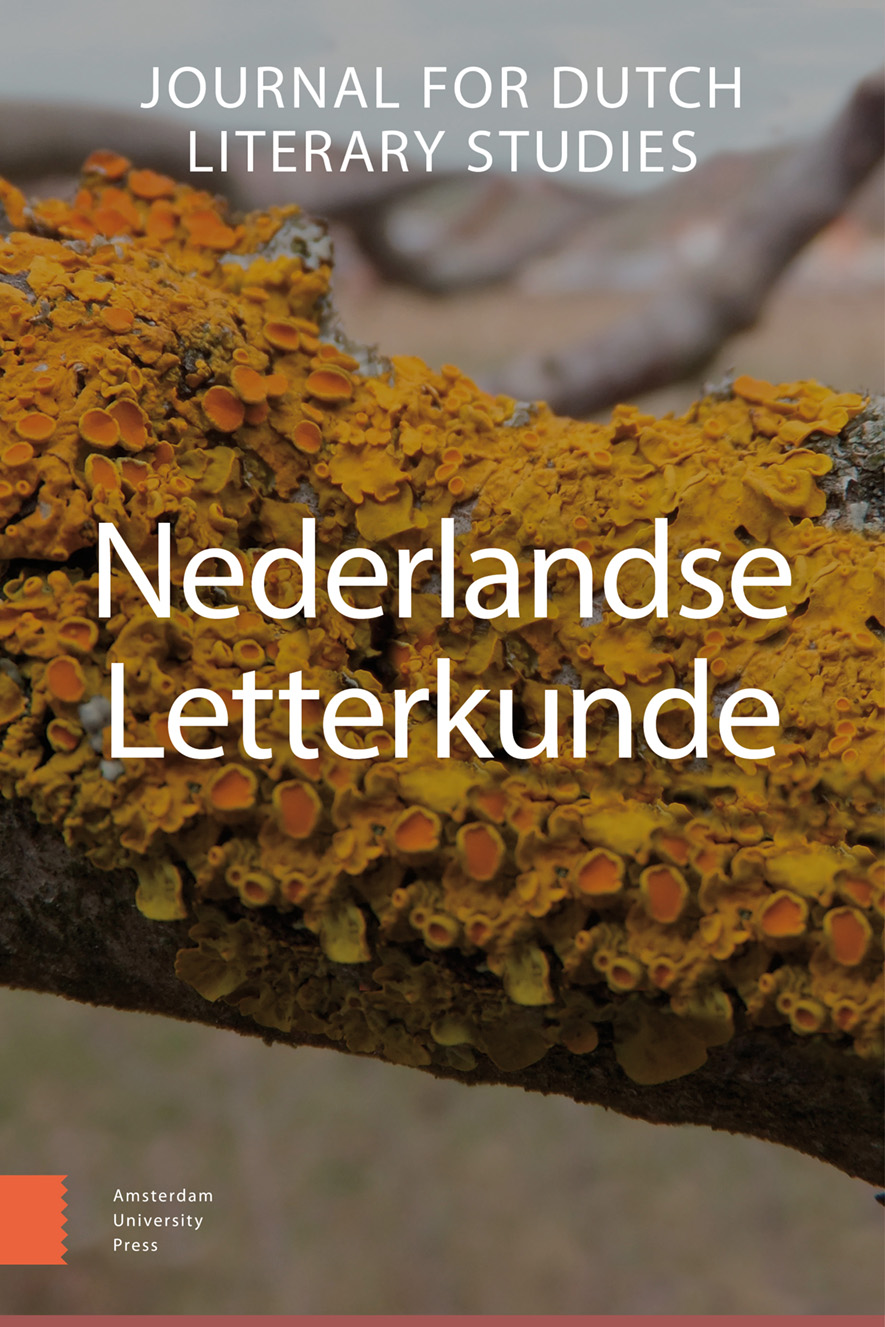-
oa De avonturen van een kostschoolmeisje
Dorothea van Male, Schola Nostra (1971) en Hugo Claus’ herschrijfpraktijk
- Amsterdam University Press
- Source: Nederlandse Letterkunde, Volume 20, Issue 2, Sep 2015, p. 171 - 198
Abstract
The adventures of a schoolgirl. Dorothea van Male, Schola Nostra (1971), and Hugo Claus’s rewriting practice
While Hugo Claus’s oeuvre has been studied abundantly (and fruitfully) from the perspective of erudite intertextuality, the rewriting of popular narrative culture in his novels has been neglected. This one-sided focus has clouded the protean nature of Claus’s texts, in which high and low, literate and vulgar coexist. By means of a case-study on the experimental novel Schola Nostra (1971), this article demonstrates the significance of popular narrative culture for the understanding of Claus’s oeuvre. Schola Nostra caused a lot of interpretative difficulties for contemporary literary critics, who dismissed it as a senseless ‘curiosity cabinet’; the novel has been overlooked ever since. By introducing reading keys which take Claus’s rewriting of literary as well as popular genres into account, it is however possible to shed light on this volatile publication. The approach is twofold: the first reading key is provided by the popular genre of the girl’s book, the second is related to the rewriting of markedly literary genres. This combination of reading perspectives enables a meaningful interpretation of the work; at the same time, it reveals Schola Nostra’s opposition to unambiguous reading schemes. By doing so, the analysis provides new poetical and interpretative tools to study the author’s novelistic oeuvre.


